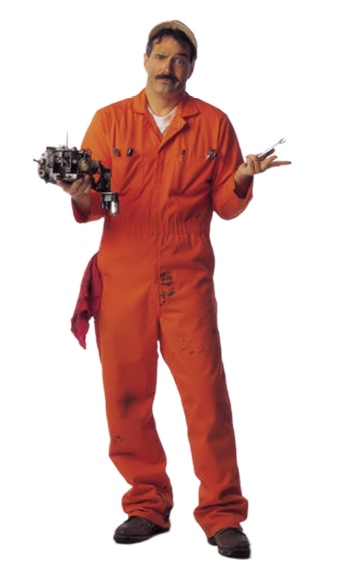Basic Turbocharger Troubleshooting Guide
Upon failure of a turbocharged vehicle, the turbo is often suspected to be at fault.
However, it is critical when Turbocharger Troubleshooting, to make sure that other factors affecting the engine and turbo are looked at.
Examine the issue in a holistic way, rather than just immediately focusing on the turbo only.
Where failure of new turbochargers are concerned, manufacture processes have built-in, comprehensive checks and balances for quality control(QC).
Our turbocharger CHRA are electronically VSR balanced, vane actuation Flow-Tested & overall QC checked before they leave the factory. It is unlikely that a turbocharger leaving the factory after QC should fail immediately upon install.
In the event of new turbocharger malfunction, the turbocharger is often immediately suspected to be at fault.
Subsequent replacement turbo may also suffer the same fate as the replaced turbocharger.
Investigation into the cause of failures, reveal the actual reason for failure. And often it is not due to the turbo at all.
It is a costly and frustrating sequence of events.
So to save time and money, please read on.
Installation, maintenance, use factors or environmental conditions, determine how long a turbo remains in service.
A turbocharger can last the entire life of the vehicle or at an extreme, as little as a few minutes (due to incorrect installation procedures).
For older, current installs, the main reason to swap out a turbocharger usually relates to wear.

First Stop – Check for Excessive Wear
And wear in older installs usually becomes apparent by excess noise, lack of boost or exhaust smoke. Excess noise due to wear (& not from air or exhaust noise from leaks in gaskets and seals), is often from the bearing(s) and / or compressor wheel (less commonly from the turbine side).
Worn bearings or imbalance in the compressor / impeller wheel can produce excessive radial play. Radial play in the shaft means the wheel is off axis. This makes it easy for compressor blades to make contact with the barrel of the compressor housing.
You will hear this as a higher-pitched noise.
So abnormally fast wear or failure soon after install, is most likely due to 3 things:
1) Dirt / impurities in the oil.
It cannot be overstated how important oil quality is to Turbocharger health.
2) Low pressure oil supply to turbo and / or high pressure in oil drain to sump.(see below discussion for more information on seal leakage).
An incorrectly primed Turbocharger will fail soon after initial spin-up.
3) Damage to impeller blades from FOD (Foreign Object Damage). FOD usually happens when material made loose in the induction system during removal and install of new turbo, gets sucked into the compressor.
Even small particles left loose due to removal of old turbo or air filters and hoses, can cause complete failure if sucked into an impeller fin spinning at 150,000rpm.
So first, check for damage and excess play in the impeller. Just remove the air intake tube between the air filter & compressor housing, and gently wiggle (with tip of finger), the lock nut on the shaft.
There can be a millimeter or so of play / tolerance (and more of there is no oil in the oil gallery). But if the shaft moves enough to contact the compressor housing and ‘scraping’ is visible, this indicates wear.
If your turbocharger troubleshooting finds this, the turbo should be replaced immediately in such conditions.
If the fault is due to install or mis-use, then there would not be a warranty claim. If however, there is a manufacture fault in the part supplied, then the unit will fall under manufacture warranty.
We provide a massive 36 Month Warranty on the Turbochargers and Turbocharger Stepper Motor Actuators we sell.
If your turbocharger and vehicle are exhibiting other symptoms, please click here for further Turbocharger Problem Solving.
